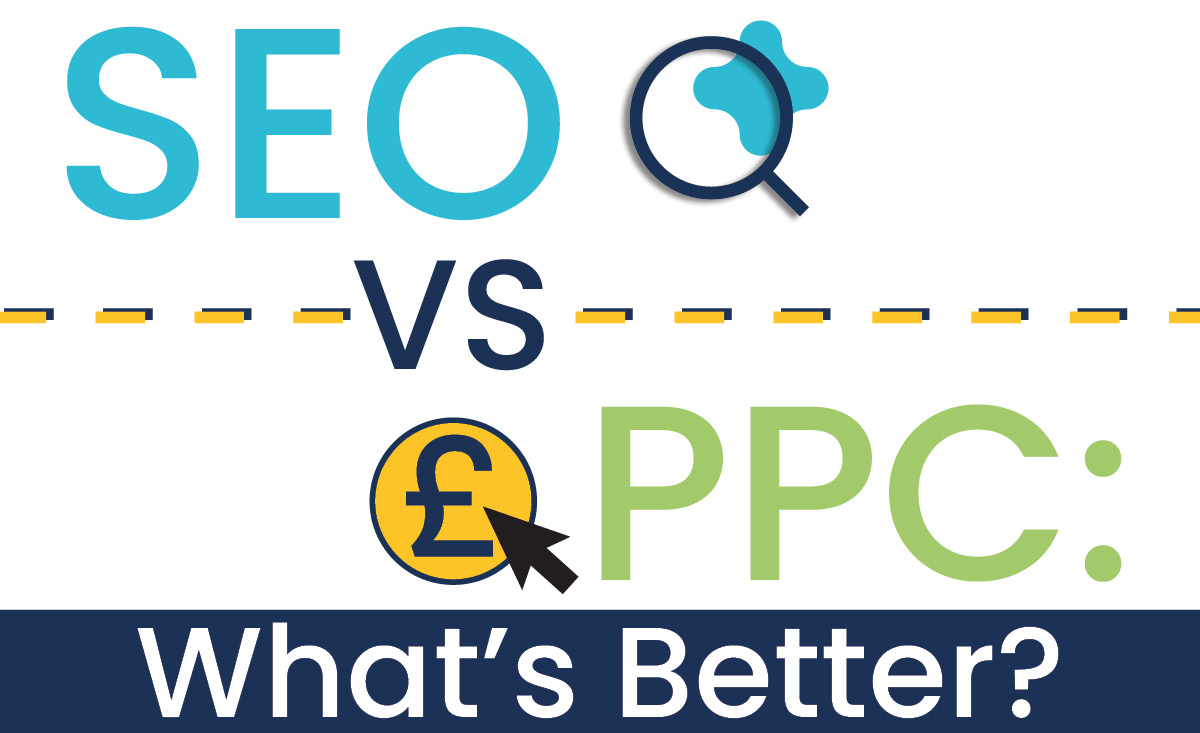
SEO and PPC are two different methods for driving traffic to your website. Search engine optimisation (SEO) focuses on organically improving your website's visibility on Google and other search engines, whereas pay-per-click (PPC) advertising platforms like Google Ads and Microsoft Ads allow you to pay for a prominent spot on the search engine results page (SERP).
Both SEO and PPC have their individual benefits, but depending on the context and your business needs, it may make sense to prioritise one over the other.
More...
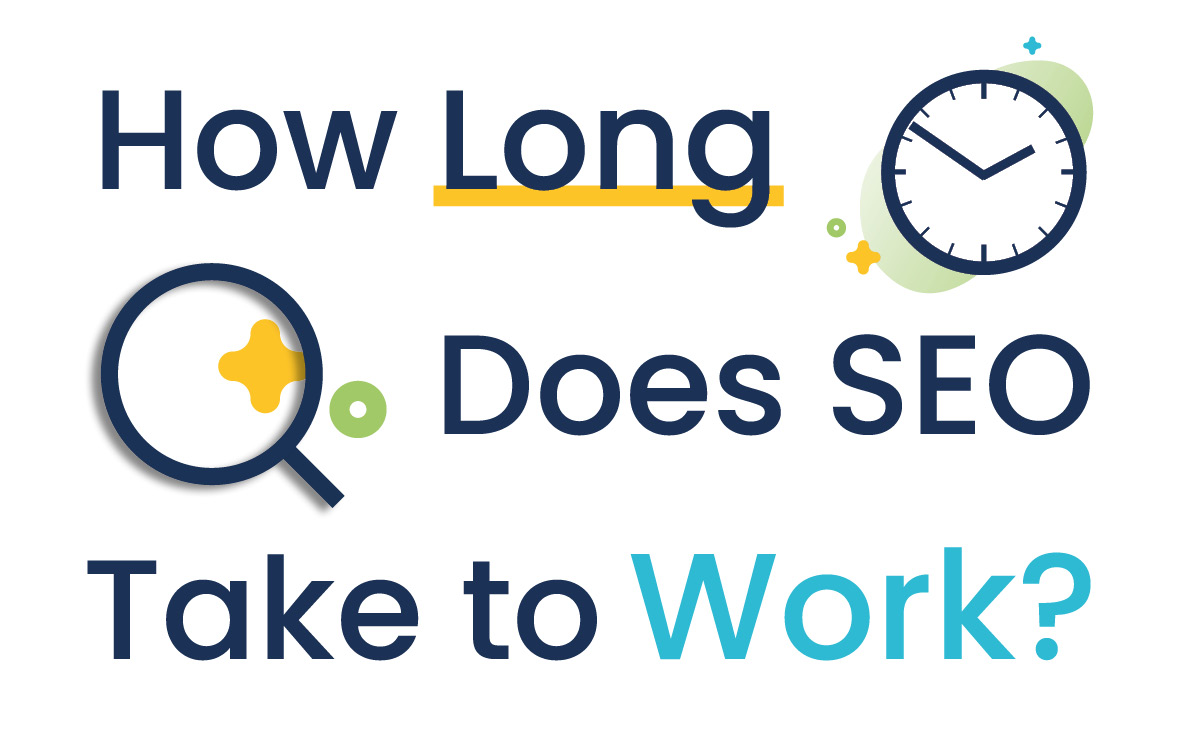
The best things in life take time, and the rewards of search engine optimisation are no different. SEO is an incredibly effective long-term solution for capturing valuable organic traffic, but you won't always see results immediately. So, how long does SEO take to work?
More...
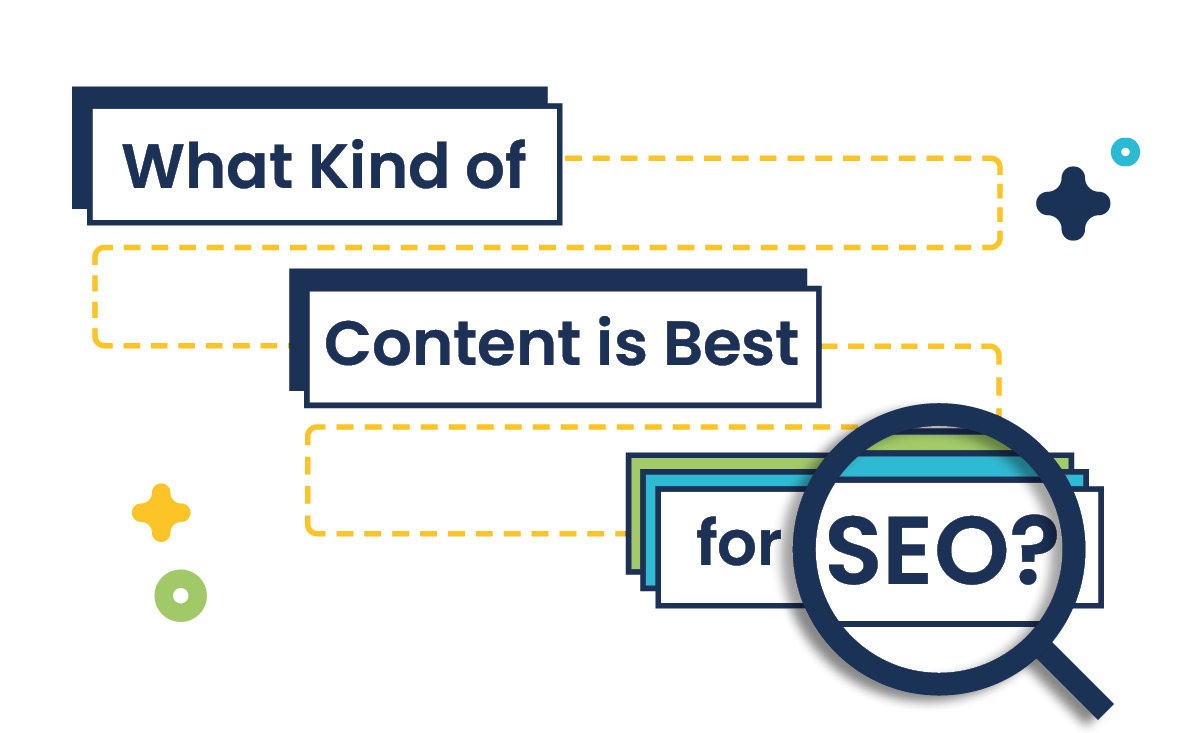
SEO (Search Engine Optimised) content is specifically curated to rank highly within the SERP (Search Engine Results Page) in order to receive a high number of clicks. SEO content has many benefits when used correctly. For example, SEO content can attract backlinks from other websites that will increase your website's domain authority!
You can present SEO content in many different ways, so let's dive in and run through the different types and their individual benefits. What is the best content for SEO? Click the answers below to find out more...
- Evergreen pillar pages
- Lead capture / landing pages
- Photo / visual galleries
- Blog posts
More...
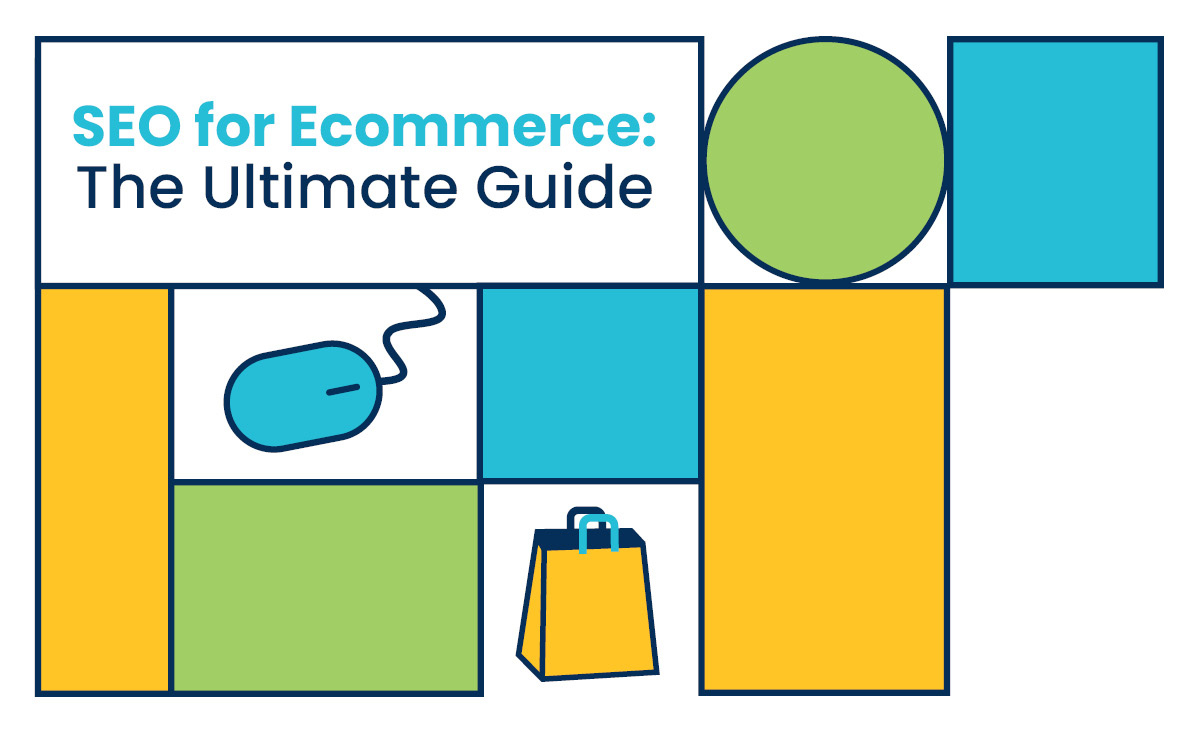
As a business owner, you've probably heard the term 'SEO' flying around...a lot. SEO is just one part of the puzzle that is Search Engine Marketing (SEM), but it is integral to your business's online success - especially if it's an ecommerce business.
In this blog, we will be giving you 10 SEO ecommerce tips to help you get ahead with SEO for ecommerce. Let's dive in...
More...
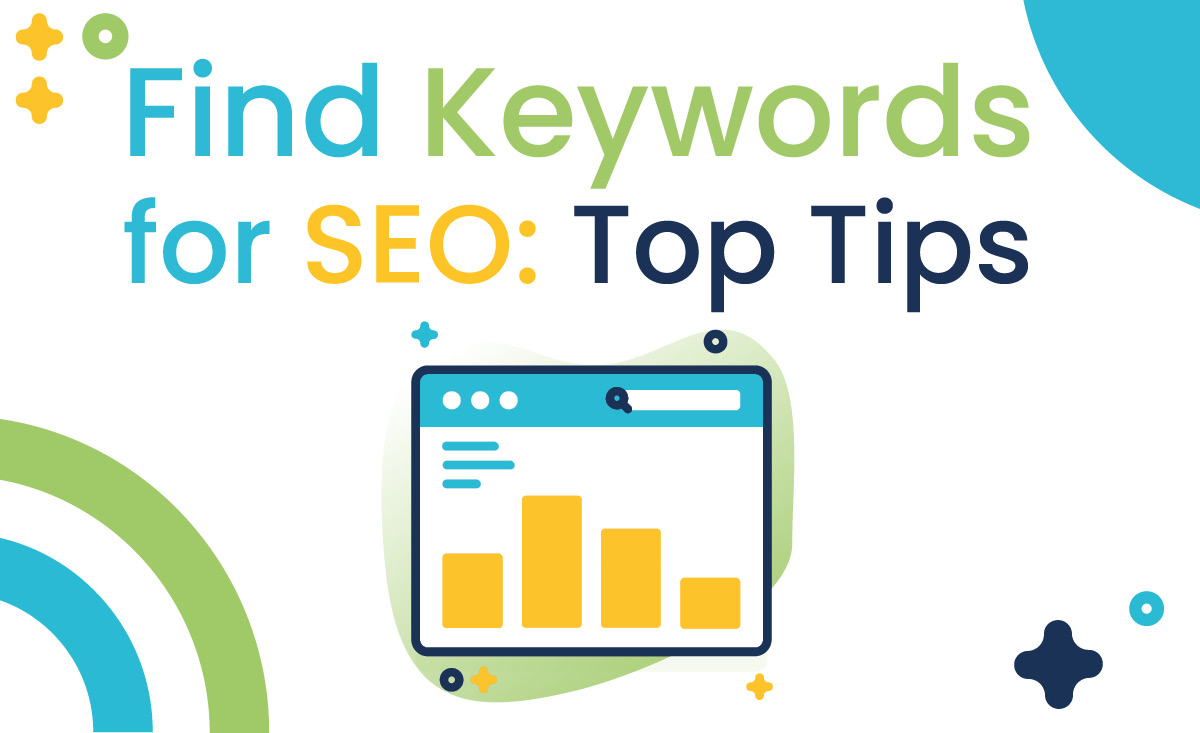
Every effective SEO strategy starts with keywords. Why? Because SEO keywords form the bridge between your audience's needs and the content you produce.
With an effective keyword strategy, you'll be able to publish content that is specifically in line with the needs of your target audience - resulting in quality traffic, sustained engagement, and increased sales. So, what do you need? You're in need of some tips for SEO keyword-finding!
The first thing to do is identify your target keywords for SEO. Don't worry - it's not rocket science. Are you wondering how to find SEO keywords? With this guide, you'll be finding keywords for SEO in no time! Let's dive in...
More...